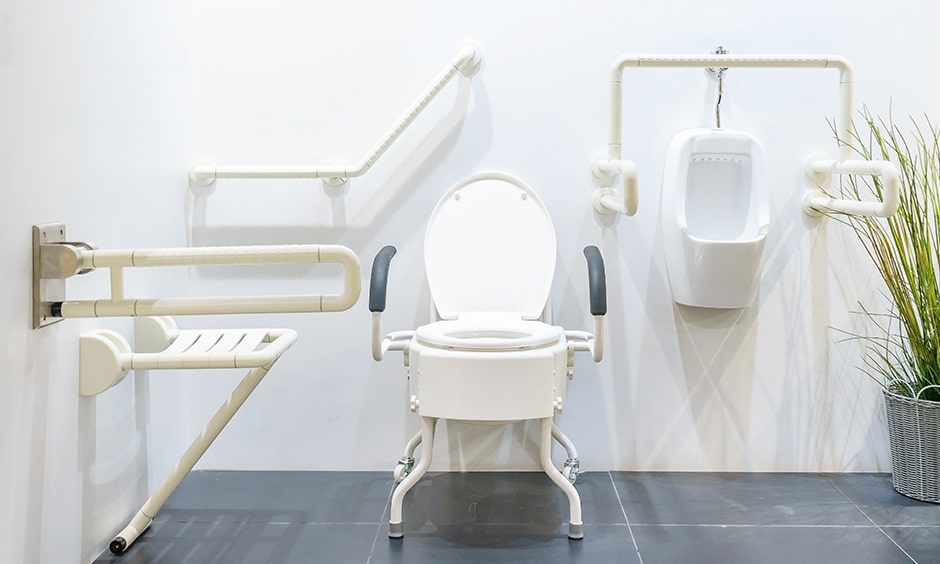When it comes to home safety, installing door alarms is an essential step every homeowner should consider. These devices not only enhance security but also offer peace of mind. In this article, we’ll explore the benefits of door alarms, how they work, and the steps involved in their installation.

Why Consider Door Alarms?
Door alarms are a simple yet effective way to deter intruders. They act as a first line of defense, alerting you to any unauthorized entry. Whether you live in a busy urban area or a quiet suburb, having an alarm can significantly improve your home’s security.
Types of Door Alarms
There are several types of door alarms available, each with its own set of features. Common types include magnetic alarms, vibration sensors, and wired or wireless systems. Understanding these options can help you choose the best fit for your needs.
How Do Door Alarms Work?
At their core, door alarms are designed to detect any unauthorized opening of doors. Most systems use sensors that trigger an alarm when the door is opened without proper authorization. This immediate alert can help you respond quickly to potential threats.
Magnetic Sensors
Magnetic sensors are among the most popular choices. These sensors consist of two parts: one attached to the door and the other to the frame. When the door is closed, the magnets align, keeping the circuit complete. Opening the door breaks the circuit, triggering the alarm.
Vibration Sensors
Vibration sensors detect movements or vibrations on the door. They are particularly useful for detecting attempts to force open a door. This type of sensor is ideal for back doors or areas where forceful entry might be attempted.
Steps to Install Door Alarms
Installing door alarms is a straightforward process that can be accomplished with basic tools. Heres a step-by-step guide to help you through the process:
Step 1: Gather Your Tools
Before you begin, ensure you have all the necessary tools. Typically, you’ll need a screwdriver, drill, and the alarm kit.
Step 2: Choose Installation Points
Select the doors you wish to secure. Common choices include front doors, back doors, and garage entries.
Step 3: Install the Sensors
Follow the manufacturer’s instructions to attach the sensors. Ensure they are aligned correctly to avoid false alarms.
Step 4: Test the System
After installation, test the system to ensure it functions correctly. Open and close the door to verify that the alarm triggers as expected.
Additional Safety Considerations
While door alarms are an effective security measure, they work best when combined with other safety practices. Consider fire escape planning and childproofing your home to enhance overall safety.
Regular Maintenance
Regularly check and maintain your door alarms. Replace batteries as needed and ensure sensors are free from dust and debris.

FAQs About Door Alarms
Are Door Alarms Expensive?
Door alarms are available at various price points, making them accessible for most budgets. Basic models are affordable, while advanced systems with additional features may cost more.
Can I Install Door Alarms Myself?
Yes, many door alarms are designed for easy DIY installation. However, if you’re not comfortable with the process, professional installation is always an option.
Do Door Alarms Work During Power Outages?
Most wireless door alarms use batteries, allowing them to function during power outages. It’s important to regularly check battery levels to ensure continuous operation.
For more information on home safety, consider checking resources like the USC Home Modification Tools page or explore our articles on basic home safety tools.
By taking the step of installing door alarms, you are not only protecting your home but also investing in peace of mind. Stay safe!
This article contains affiliate links. We may earn a commission at no extra cost to you.

